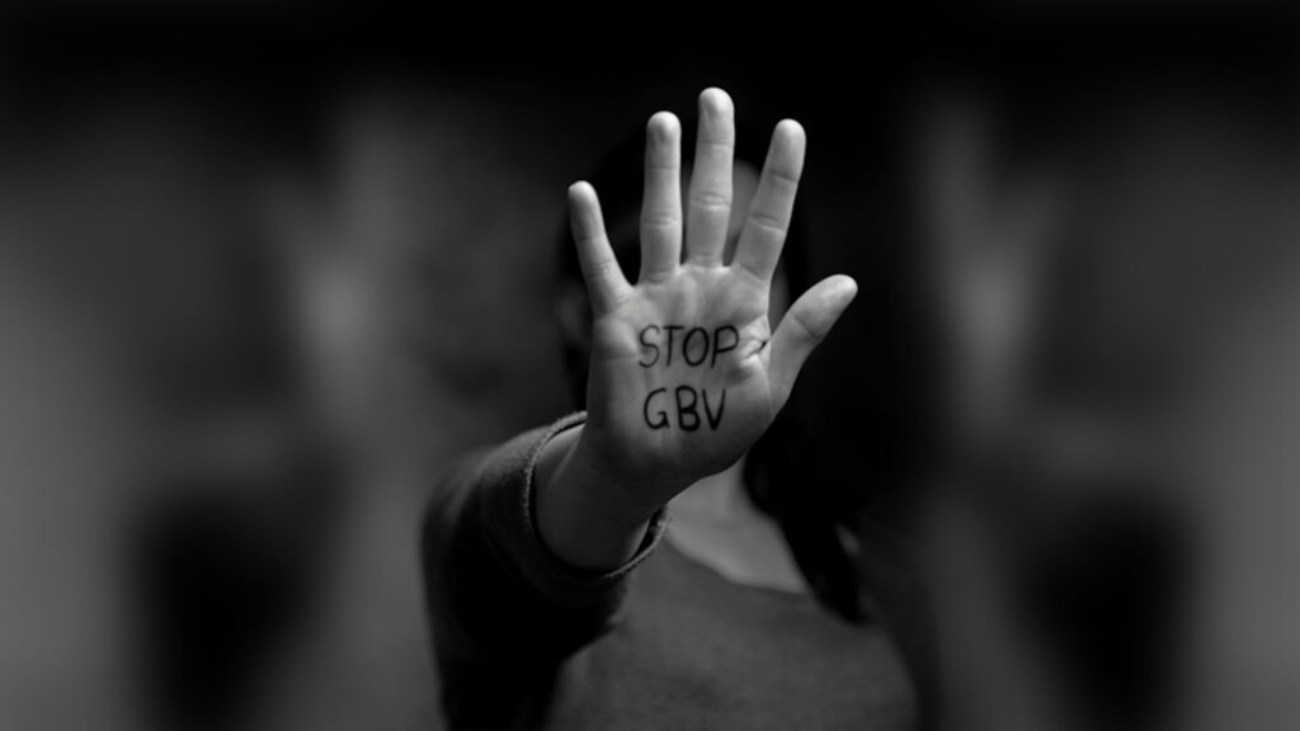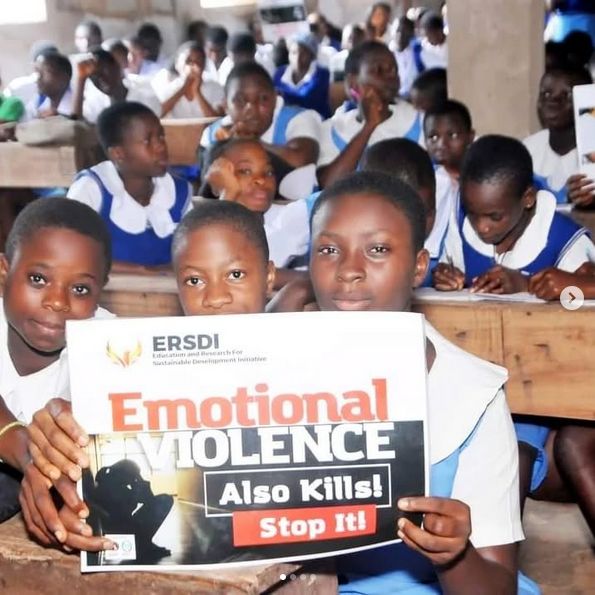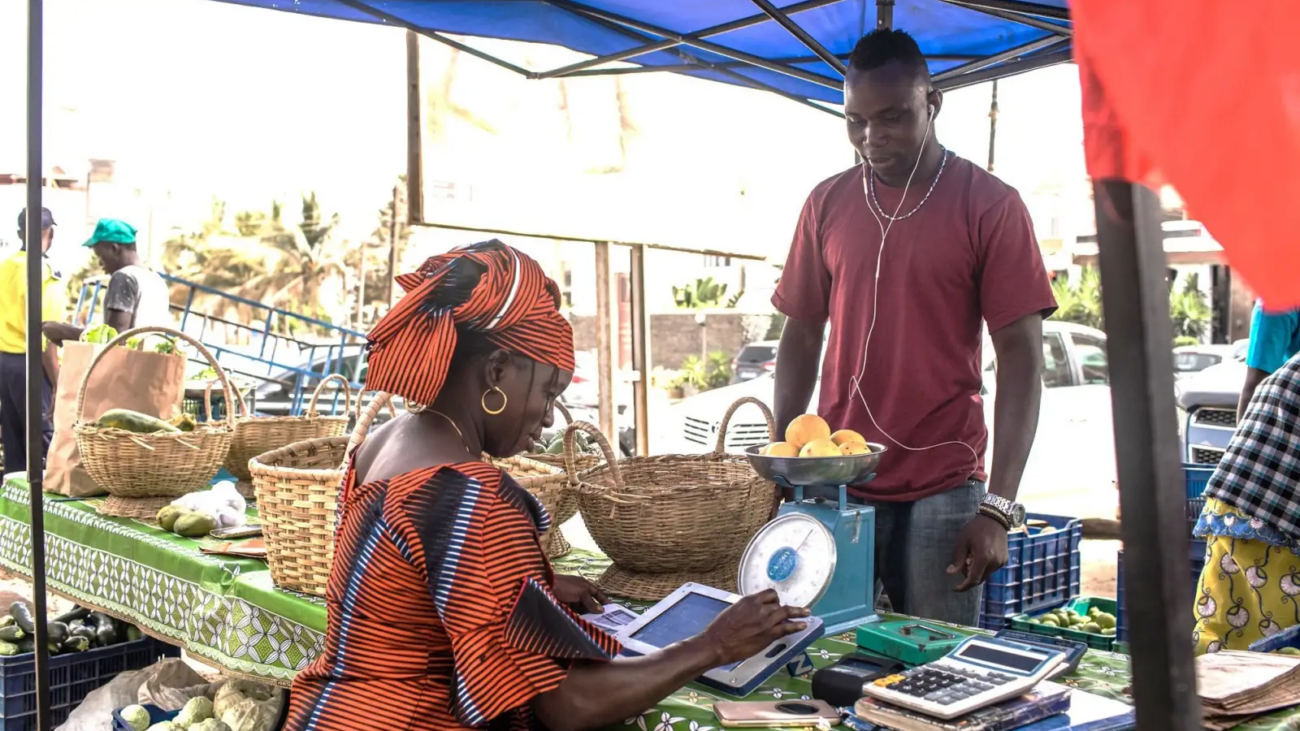Background: Gender-based violence (GBV) poses a significant global threat to human rights, public health and attaining the Sustainable Development Goals. There is a growing emphasis on researching to identify issues and understand the experiences of women relative to GBV. The increasing demand for policymakers and public health practitioners to adopt evidence-based approaches in addressing GBV highlights the need for research prioritization on experiences of GBV among women in resource-limited settings such as sub-Saharan Africa. This paper explored GBV among women in 25 sub-Saharan African (SSA) countries to identify and present key intervention priority areas for addressing GBV in these settings.
Methods: The study involved a cross-sectional analysis of a nationally representative dataset from the Demographic and Health Survey of 25 SSA African countries. Data was analyzed descriptively and inferentially using the Pearson chi-square (X2) at a p< 0.05.
Results: Findings revealed that women aged 25–29, living in rural areas and with primary education were at a significant risk of experiencing GBV across 25 SSA countries. A notable 44.94% of women reported experiencing at least one form of GBV, with the prevalence varying by country. Women in Comoros had the lowest reported prevalence (10.76%), while Sierra Leone women had the highest (60.27%), followed by Uganda (56.92%). Emotional and physical violence were most prevalent in Sierra Leone, while sexual violence was most common in Burundi and the Democratic Republic of Congo.




